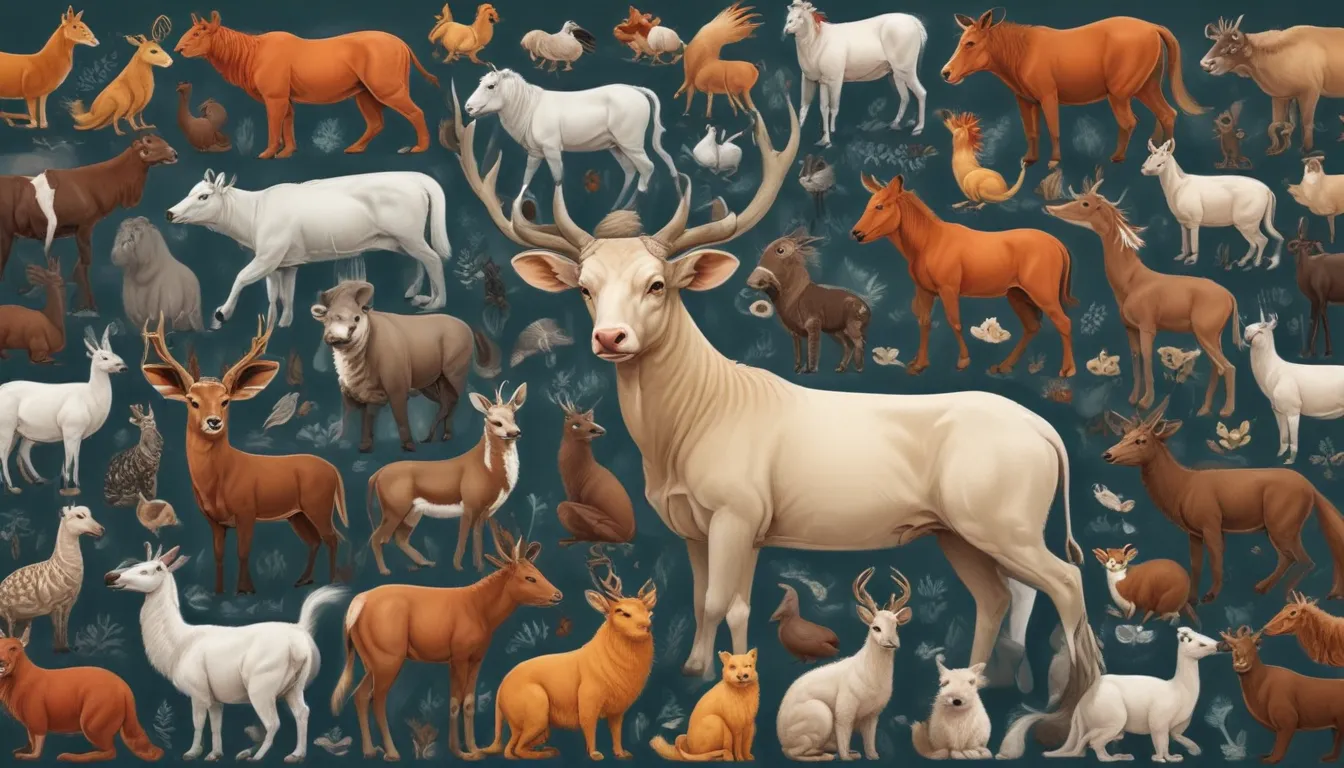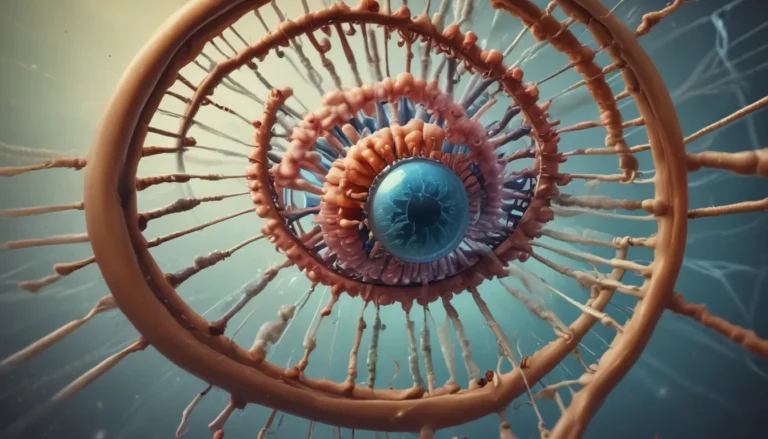A Note About Images: The images used in our articles are for illustration purposes only and may not exactly match the content. They are meant to engage readers, but the text should be relied upon for accurate information.
Animal reproduction is a captivating subject that reveals the astounding diversity and complexity of life on our planet. From the unique mating rituals of birds to the remarkable reproductive adaptations of insects, the process of creating new life in the animal kingdom is filled with astonishing facts and wonders. In this article, we will explore 14 unbelievable facts about animal reproduction that will leave you in awe. These facts illuminate the incredible strategies and adaptations that animals have developed to ensure the survival of their species. Get ready to delve into the captivating realm of animal reproduction and discover some mind-blowing facts that will make you appreciate the wonders of the animal kingdom even more.
The Fascinating World of Animal Reproduction
Animals have mind-blowing ways of reproducing, like changing sex, exploding genitals, and even cannibalism! Nature’s creativity in reproduction will leave you in awe. From male seahorses carrying babies to insects laying thousands of eggs, animal reproduction is full of surprises. It’s a wild world out there!
Animals with Unique Reproductive Abilities
-
Some animals can change their sex: Certain species of fish, amphibians, and reptiles have the ability to change their sex, known as sequential hermaphroditism, allowing individuals to switch between male and female roles based on various factors.
-
Female hyenas have a pseudo-penis: In the hyena world, the females dominate and possess a pseudo-penis that resembles the male’s reproductive organ, playing a role in reproduction and social dynamics within hyena clans.
-
Male anglerfish fuse with females: Male anglerfish latch onto the larger female, fuse their tissues, and become a permanent parasite, providing sperm whenever the female is ready to reproduce.
-
Some animals reproduce asexually: While sexual reproduction is common, some species can reproduce asexually, including bacteria, plants, and certain invertebrates, utilizing processes like binary fission and budding.
Unique Mating Behaviors
-
The male honeybee’s genitals explode during mating: When a male honeybee mates with a queen, his genitals explode, resulting in his death shortly afterward.
-
Female ferrets can die if they don’t mate: Female ferrets can develop a life-threatening condition called aplastic anemia if they do not mate during their estrus cycle.
-
Some animals engage in traumatic insemination: Certain insect species practice traumatic insemination, where males stab the female’s abdomen with their reproductive organ, bypassing the female reproductive system.
-
Female praying mantises often devour males after mating: Praying mantises exhibit sexual cannibalism, with the female consuming the male after copulation.
-
Some animals have multiple mating partners: Promiscuity is common in the animal kingdom, with some species having multiple mating partners to maintain social bonds and resolve conflicts.
Reproductive Strategies in Insects
-
Certain insects can lay thousands of eggs at once: Insects like mosquitoes and flies have impressive reproductive capabilities, laying thousands of eggs in a single reproductive cycle.
-
Some animals engage in mating dances: Courtship rituals, such as mating dances, are common in the animal kingdom, serving as a means of attracting a mate and ensuring successful reproduction.
-
Seahorses involve males in pregnancy: Seahorses have a unique reproductive system where males carry developing embryos, nurturing them until they are ready to be born.
-
Some animals have complex courtship rituals: Many animals exhibit elaborate courtship rituals, using visual displays, vocalizations, or chemical signals to attract and identify potential mates.
The Diversity of Reproduction in Animals
- The gestation periods of animals vary greatly: The duration of pregnancy varies among different animal species, with humans having an average gestation period of around nine months, whereas elephants carry their young for nearly two years.
These unbelievable facts about animal reproduction only scratch the surface of the incredible diversity and complexity found in the world of reproductive strategies. From peculiar adaptations to fascinating behaviors, animals continue to surprise us with their reproductive prowess and ingenuity.
Conclusion: Embracing the Wonders of Animal Reproduction
Animal reproduction is a captivating and diverse topic that highlights the incredible adaptability and ingenuity of nature. By understanding the various methods and processes involved in animal reproduction, we gain a deeper appreciation for the complexities of life on Earth. Whether it’s the stunning mating displays of peacocks or the extraordinary reproductive strategies of honeybees, animal reproduction never fails to amaze.
Exploring the unbelievable facts about animal reproduction reminds us of the beauty and diversity of the natural world. It underscores the importance of protecting and conserving these incredible creatures and their habitats, ensuring their continued existence for generations to come.
FAQs
Q: How do animals reproduce?
A: Animals reproduce through methods such as sexual reproduction, asexual reproduction, and hermaphroditism, where individuals possess both male and female reproductive organs.
Q: What is parthenogenesis?
A: Parthenogenesis is a form of asexual reproduction observed in certain reptiles, fish, and invertebrates, where females can produce offspring without fertilization by a male.
Q: Are there animals that change their sex?
A: Yes, many animals can change their sex based on social and environmental factors, a phenomenon known as sequential hermaphroditism.
Q: How do animals ensure the survival of their offspring?
A: Animals use various strategies like parental care and laying large numbers of eggs to ensure the survival of their offspring.
Q: Can animals reproduce asexually?
A: Yes, some animals can reproduce asexually through methods like budding, fragmentation, and parthenogenesis.
From the ability to change sex to the explosive mating habits of honeybees, animal reproduction continues to surprise and inspire. Whether it’s exploring human fertility or understanding the mating behaviors of lions, the wonders of reproduction in both humans and animals are truly astonishing. Dive into the fascinating world of animal reproduction and discover the incredible diversity and complexity that nature has to offer.






